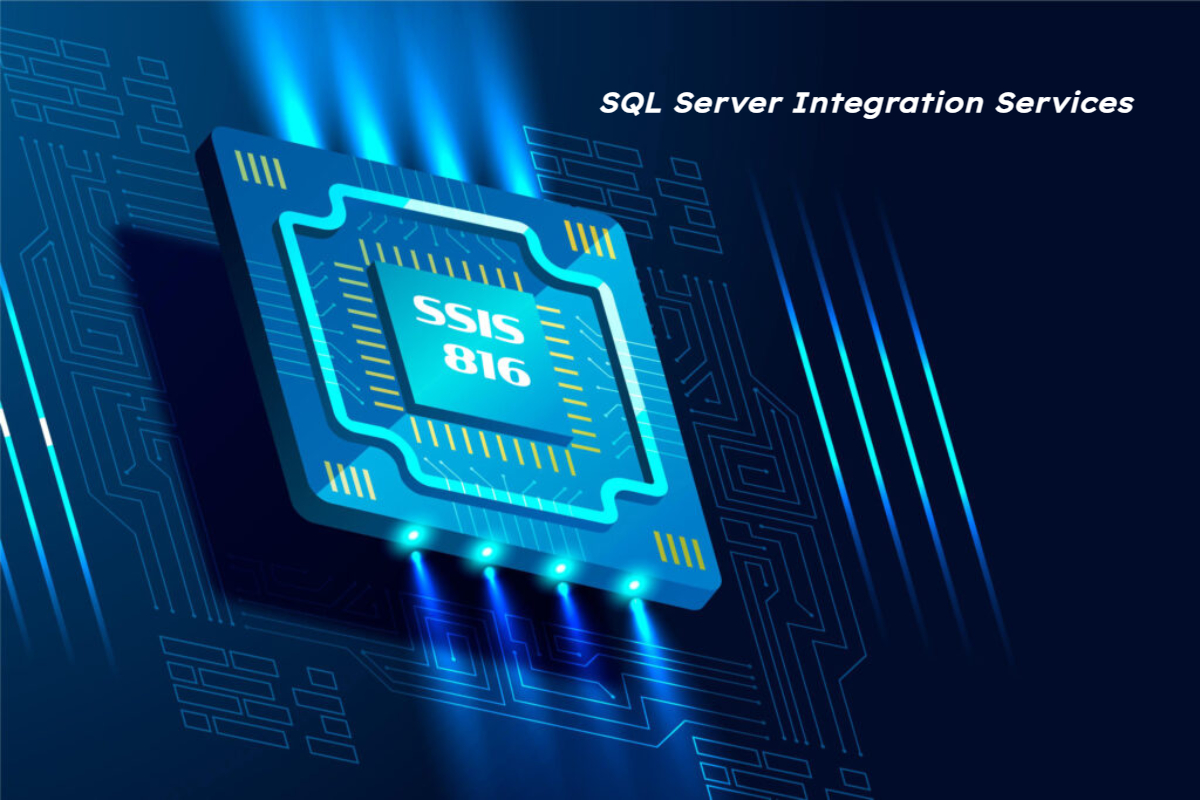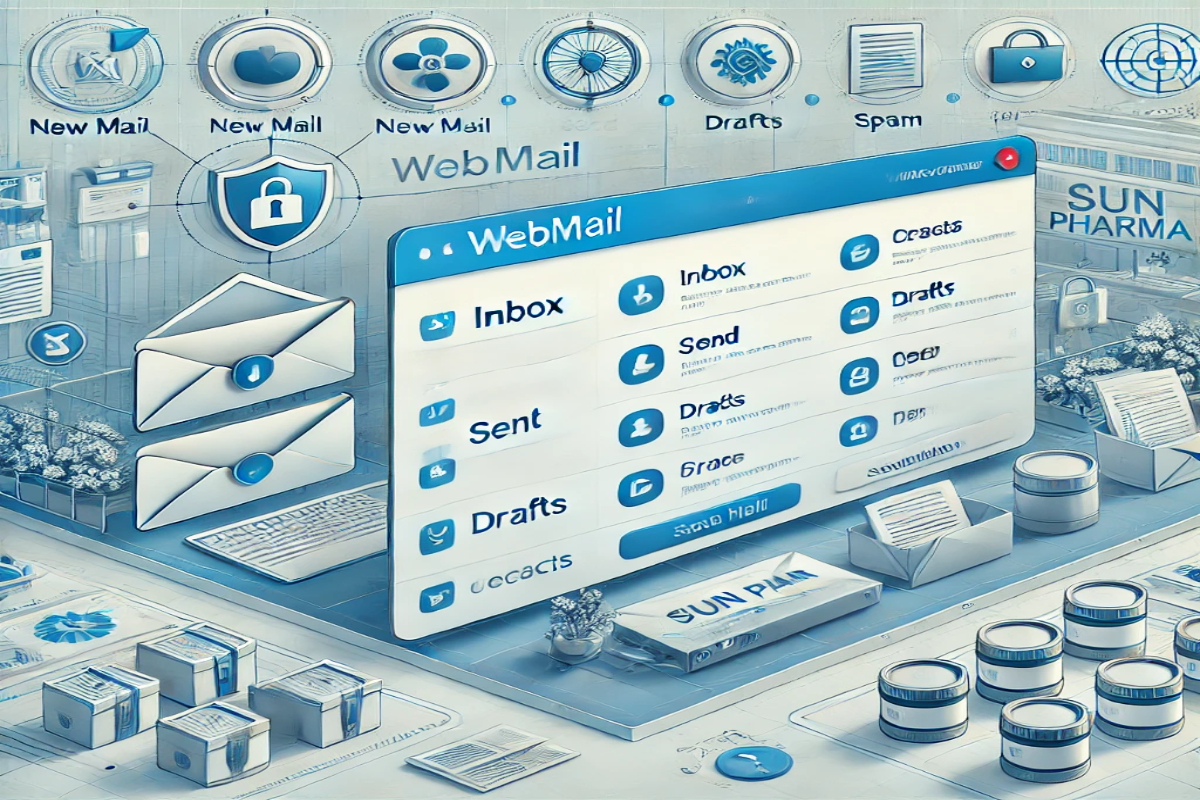SQL Server Integration Services (SSIS) is a powerful data integration and workflow platform used by many organizations to handle a variety of data migration and ETL (Extract, Transform, Load) needs. Among the various versions and updates, “SSIS 816” has gained attention for its specific functionalities and improvements. In this article, we will delve into SSIS 816, exploring its features, benefits, and practical applications.
Understanding SSIS 816
SSIS 816 is a specific version of SQL Server Integration Services, a component of Microsoft SQL Server that offers a comprehensive platform for data integration, transformation, and migration. This version is known for its robustness, enhanced performance, and a suite of tools that simplify the ETL processes.
Key Features of SSIS 816
- Improved Performance: SSIS 816 introduces performance enhancements that significantly reduce the time required for data extraction, transformation, and loading. This is crucial for organizations dealing with large volumes of data.
- Advanced Data Transformation Tools: The version includes new and improved data transformation tools, allowing for more complex data manipulation and integration.
- Scalability: SSIS 816 is designed to scale with your business. Whether you’re handling small datasets or massive data warehouses, SSIS 816 can manage the load efficiently.
- Integration with Azure: Enhanced integration capabilities with Microsoft Azure enable seamless data migration to cloud environments, supporting hybrid data architectures.
- User-Friendly Interface: A revamped interface makes it easier for developers and data engineers to design, test, and deploy ETL processes.
Benefits of Using SSIS 816
Adopting SSIS 816 can bring numerous benefits to your data management and integration strategies. Here are some of the key advantages:
- Efficiency: The performance improvements mean tasks that once took hours can now be completed in a fraction of the time, improving overall operational efficiency.
- Cost-Effectiveness: By streamlining ETL processes and reducing the need for manual intervention, SSIS 816 helps lower the total cost of ownership.
- Reliability: Enhanced error handling and logging mechanisms ensure that data integrity is maintained, and any issues are promptly identified and addressed.
- Flexibility: The extensive toolset allows for flexible data manipulation, making it easier to meet specific business requirements.
- Future-Proofing: With its robust integration capabilities, SSIS 816 is well-suited for future-proofing your data architecture, particularly in environments that are moving towards cloud-based solutions.
Practical Applications
SSIS 816 can be utilized in various scenarios to solve data-related challenges. Here are some practical applications:
- Data Warehousing: Building and maintaining data warehouses becomes more straightforward with SSIS-816. Its ETL capabilities ensure data is accurately and efficiently loaded into your data warehouse from multiple sources.
- Data Migration: Whether you’re moving data from legacy systems to modern databases or migrating to cloud platforms, SSIS 816 provides the tools to ensure a smooth transition.
- Data Integration: Integrating data from various sources, including databases, flat files, and cloud services, is simplified with SSIS 816’s extensive connectivity options.
- Data Cleansing: The advanced transformation tools in SSIS 816 allow for thorough data cleansing, ensuring that your data is accurate and consistent.
- Operational Data Integration: For real-time data integration and ETL processes, SSIS 816 offers features that support operational data integration, making it ideal for dynamic business environments.
Best Practices for Implementing SSIS 816
To get the most out of SSIS 816, consider the following best practices:
- Plan Your ETL Process: Before diving into development, plan your ETL process thoroughly. Understand the data sources, transformation requirements, and the destination.
- Optimize Data Flows: Optimize your data flows to enhance performance. Use parallel processing where possible and minimize the use of blocking transformations.
- Use Variables and Parameters: Leverage variables and parameters to make your packages more dynamic and reusable.
- Monitor and Log: Implement comprehensive monitoring and logging to track the performance and success of your ETL processes.
- Test Thoroughly: Conduct thorough testing to ensure that your packages handle all expected and unexpected scenarios.
Troubleshooting Common Issues in SSIS 816
Despite its robustness, you may encounter some common issues when working with SSIS 816. Here are a few tips for troubleshooting:
- Performance Bottlenecks: If you notice performance issues, check for data flow bottlenecks. Optimize data sources, transformations, and destinations to improve performance.
- Connection Problems: Ensure that all data connections are correctly configured. Check the connectivity to your databases and other data sources.
- Error Handling: Implement robust error handling mechanisms to capture and log errors effectively. Use SSIS’s built-in logging capabilities to track down issues.
- Package Deployment: When deploying packages, ensure that all dependencies are included and correctly configured. Use SSIS deployment tools to manage the process efficiently.
Future Trends and SSIS 816
The landscape of data integration is constantly evolving, and SSIS 816 is positioned to adapt to these changes. Here are some future trends to watch:
- Increased Cloud Adoption: As more organizations move to the cloud, the integration capabilities of SSIS 816 with cloud platforms like Azure will become increasingly important.
- AI and Machine Learning Integration: Integrating AI and machine learning models into ETL processes will open new possibilities for data analysis and decision-making.
- Real-Time Data Processing: The demand for real-time data processing will continue to grow, and SSIS 816’s capabilities in this area will be critical.
- Enhanced Security: Data security will remain a top priority, and future updates to SSIS will likely focus on enhancing security features.
- Automation: Increased automation in ETL processes will drive efficiency and accuracy, reducing the need for manual intervention.
Conclusion
SSIS 816 represents a significant step forward in the evolution of SQL Server Integration Services. With its powerful features, improved performance, and extensive toolset, it offers a comprehensive solution for data integration and ETL processes. By adopting SSIS 816, organizations can achieve greater efficiency, flexibility, and reliability in their data management strategies. Whether you are building a data warehouse, migrating data to the cloud, or integrating diverse data sources, SSIS 816 provides the tools you need to succeed. Stay ahead of the curve by embracing the latest trends and best practices in data integration with SSIS 816.




